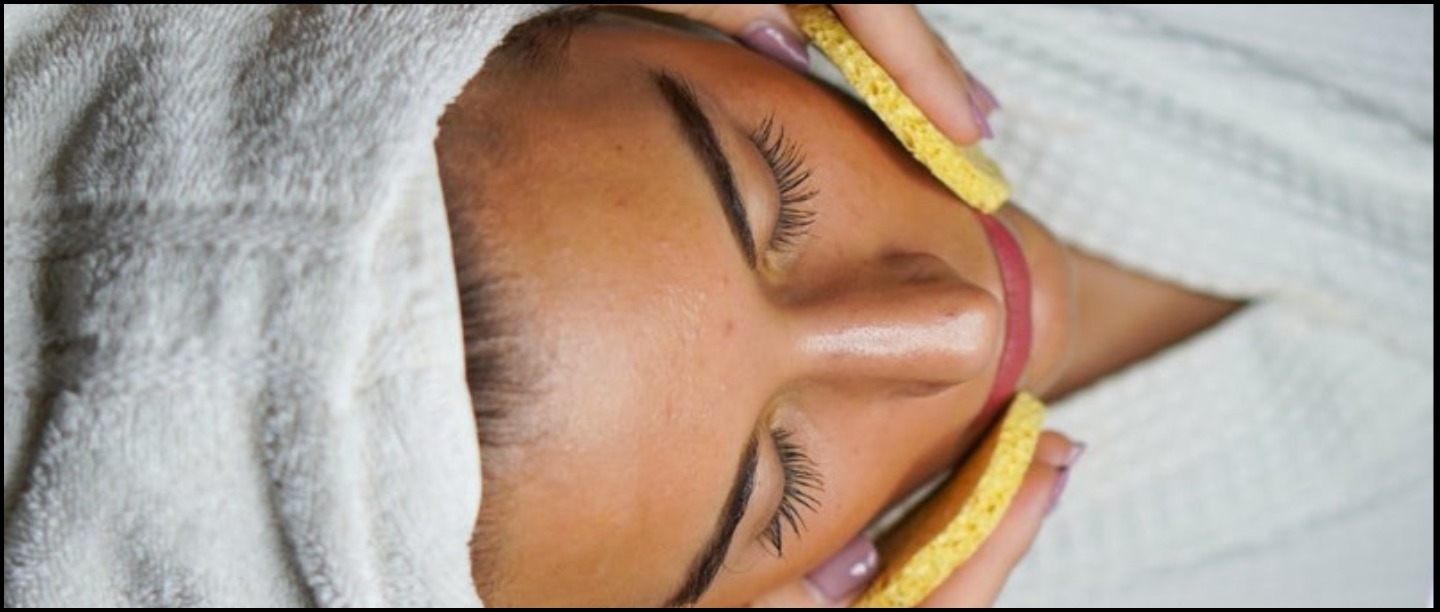
Ayurveda, which means ‘Knowledge of Life’, was an early adapter of the philosophy of beauty from within. It is believed that only when the four components of body, breath, mind, and spirit are working in tandem and are in perfect harmony with each other does one feel truly beautiful from inside and out.
There is a huge emphasis in the 5,000 year-old-science on inner beauty, with largely pertain’s to one’s qualities and values of compassion, intuition, discipline, and concentration, which makes up the first aspect of beauty. Then comes the concept of ‘Ojas’ which is the gracefulness, freshness, and vitality of a person. The last part of outer beauty delves into skin texture and haircare, which is what we will be understanding more of today.
Also Read: Ayurvedic Face Packs
Learn All About Your Dosha And How To Build A Tailor-Made Beauty Routine
Pexels
Talking to Dr Taruna Yadav, Senior Ayurveda Doctor at Forest Essentials, we learned that skin is a mirror that reflects the qualities of the raktadhatu (blood) and the rasadhatu (body’s plasma tissue). Hence, glowing skin actually comes from within.
The first step in understanding the holistic Ayurvedic approach to skincare is finding out your skin type.
- Vata: Normal to dry skin
- Pitta: Normal to combination
- Kapha: Normal to oily
Vata Skin
Vata skin is generally dry, thin, delicate, and cool to the touch. It is easily dehydrated and is very vulnerable to the influence of dry windy weather. Vata skin tends to be flaky, rough, and dry when it’s out of balance and it tends to age faster.
This skin type needs to be nourished and hydrated regularly hence using cold-pressed oils, honey, ghee, etc can be very beneficial. Here is a skincare regime to follow:
Step One: Cleanse the skin with an organic honey cleanser.
Step Two: Deeply moisturise with a face serum and then a thick cream in upward strokes on the face and neck.
Step Three: Moisturise before bed so that you wake up with glowing skin that has a sheen to it.
Pitta Skin
Pitta skin type tends to be fair, sensitive, soft, warm, and of medium thickness with less tolerance to hot food. It’s also more prone to freckles and moles than the other skin types. When it flares up, it can show up as acne, sun spots, and rashes.
For pitta skin, it’s very important to stay protected from the sun to stay balanced. Cooling and healing herbs like aloe vera, rose, and jasmine will become your best friends. Here is a healing and stabilizing routine to follow:
Step One: Cleanse your skin with ubtan mixed with rose water.
Step Two: Once the ubtan dries off, re-apply some rose water on your skin to massage it into the skin.
Step Three: Follow it up with toning and moisturising your skin and using loads of sunscreen.
Kapha Skin
Kapha skin tends to have all the qualities of water and earth. It is oily, thick, soft, cool, and more tolerant of the sun. It tends to age slower and form fewer wrinkles than the other two types. It may struggle with dull complexion, enlarged pores, excessive oil, blackheads, pimples, and water retention.
Kapha skin needs both internal and external detoxification on a regular basis. Hence, deeply cleansing your face at least twice a day is a must. Here’s a purifying yet nourishing skincare regime to try:
Step One: Take half a teaspoon of ubtan and mix it with aloe vera juice.
Step Two: Leave it onto your skin for a few minutes so that it absorbs well and then dampen it again to scrub it off.
Step Three: Once you’ve rinsed it off and dried the skin, refresh your skin with a facial mist.
Step Four: Follow it with a light moisturiser and SPF.
When We’re Talking About Haircare, Here Is What Ayurveda Believes
Pexels
Dr. Yadav says, “Diet and lifestyle are two major factors that influence the health of the hair. Poor diet, illnesses, and deficiencies of any particular vitamin and mineral affect the quality of hair, and problems like dandruff, thinning, hair, balding, premature graying, etc occur. In an individual, the condition of the hair is a reflection of the complete person’s constitution.”
Here are some common hair concerns that are linked to the doshas:
Dandruff: Dry skin flaking off the scalp and itchiness is referred to as dandruff. The aggravation of Vata generally causes this dryness.
Hair Loss: When the amount of hair lost is higher than normal hair fall that takes place due to the change in environment or increasing age, it is a hair loss problem that needs tending to. Improper or poor diet, exposure to a lot of chemicals or cosmetics, hormonal imbalance, stress, anxiety, and mental tension are some causes of hair loss. Aggravation of Pitta Dosha causes hair loss.
Premature Greying of Hair: Greying of hair is a natural process that happens with increasing age, but if the hair starts greying before the age of 35, it is termed as premature greying. Excessive intake of tea, coffee, alcohol, meat, fried, oily, greasy, spicy, sour, and acidic foods increases Pitta and leads to greying early.
Aren’t our ancient texts a treasure trove of knowledge?
Featured Image: Pexels